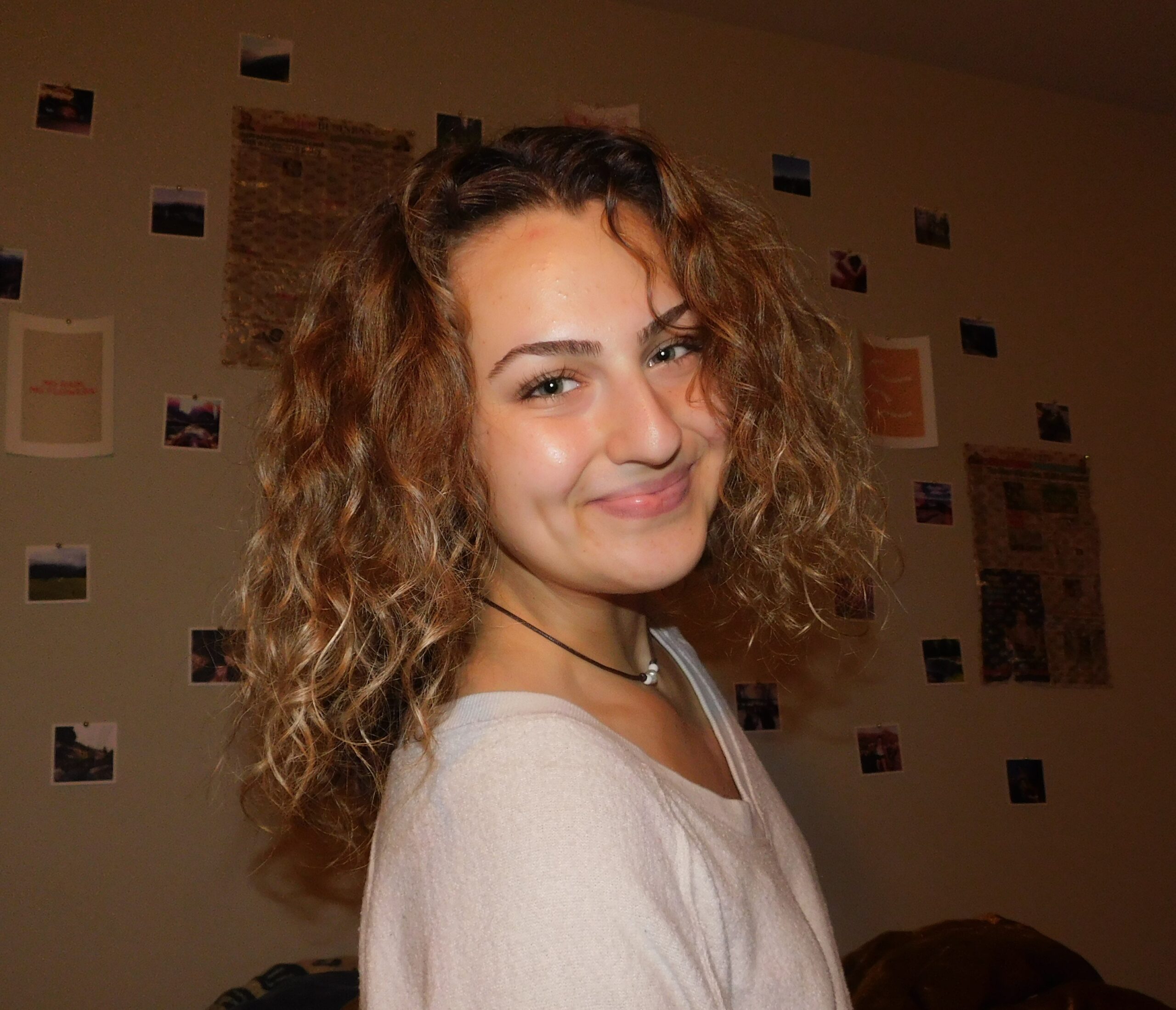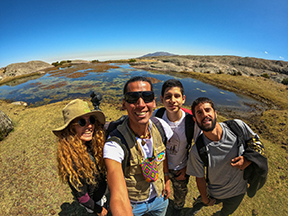By Finn Hopkins

Recent MSU graduate Cassidy Hough. Hough is a finalist in the Storyfest 2023 contest for her Food Fix podcast episode “Perennial Grains are the future of sustainable agriculture”

Cameryn Cass graduates from MSU this spring. She is a finalist in the “Best Use of Science or Data” category of Science Fest 2023.
Two Michigan State University School of Journalism students recently were named finalists in a national environmental journalism contest.
Winners of each of five categories of Planet Forward’s Storyfest will be announced on April 20th. Each category winner has the opportunity to travel to Iceland with Lindblad Expeditions to report on the environment with an expert team aboard the National Geographic Resolution.
Recent MSU graduate Cassidy Hough is a finalist in the “Best Use of Science or Data” category of Planet Forward’s Storyfest 2023 contest.
Cameryn Cass, who graduates this spring, is a finalist in the same contest’s category for “Best Scalable Innovation.”

 Located near the town of San Pedro de Casta in the province of Huarochirí, Lima, it is one of the highest plateaus in the world (4,100 meters above sea level), with 4 square kilometers of rock formations, spectacular abysses, lagoons, flora, fauna and a sky in which you can see the Milky Way.
Located near the town of San Pedro de Casta in the province of Huarochirí, Lima, it is one of the highest plateaus in the world (4,100 meters above sea level), with 4 square kilometers of rock formations, spectacular abysses, lagoons, flora, fauna and a sky in which you can see the Milky Way.